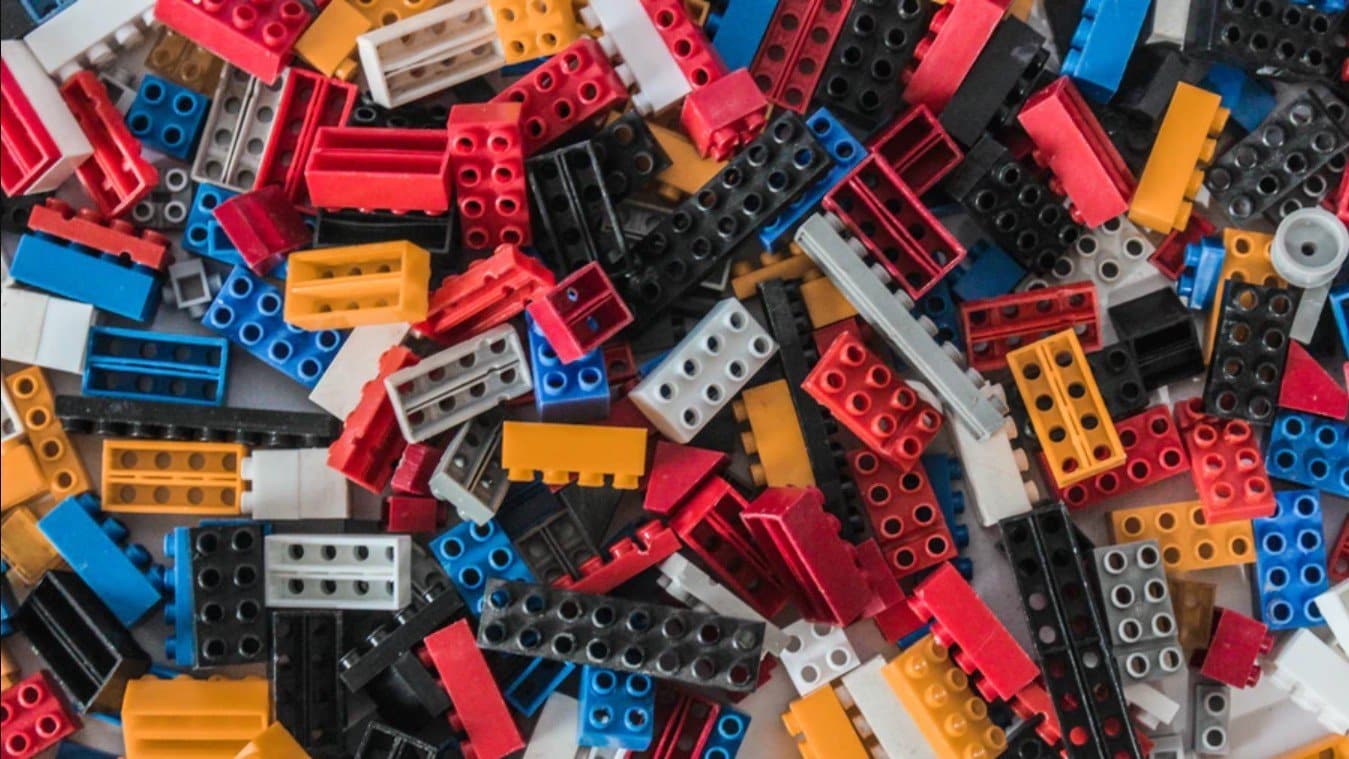
Minimum lead time
Price range

Tolerances
Layer Height
Wall Thickness

Max. Part Size
One of the remarkable advantages of ABS plastic is its recyclability. It can withstand changing temperatures from cold to hot or vice versa multiple times. Another advantage is its very reasonable production costs. It is also sturdy and lightweight at the same time, making it suitable for a wide range of applications. ABS can also produce products with aesthetically pleasing structures and high-quality surface finish. When using ABS as your material, you can have a wide range of colour and surface texture options, this is because ABS is versatile.
While ABS lists a good number of advantages, it also has disadvantages that need to be considered when choosing it as your material.
ABS plastic proved to be an inappropriate material for high-temperature applications and medical implants because of its low melting point. Unless properly protected (which can have extra cost), ABS cannot stand well to weathering and UV exposure. It also has poor fatigue and solvent resistance. There are instances that the overall design can be affected by its low conductivity, making it an unwise option.
It also gives off high smoke when burned and it could cause concern about air pollution.
Above all this disadvantages, ABS is still one of the best choices of thermoplastics when used in applications that it is not vulnerable to the above-listed limitations.
ABS (FDM) are commonly chosen by companies in producing enclosure prototypes because of its excellent mechanical characteristics. Its impact strength is greater than PLA though it produces lesser defined details.
LEGO, a very popular Danish toy production company uses ABS to manufacture its toy parts. (No wonder why accidentally stepping on a lego piece can get you writhing in pain.)
© 2024 Jiga, Inc. All Rights Reserved.